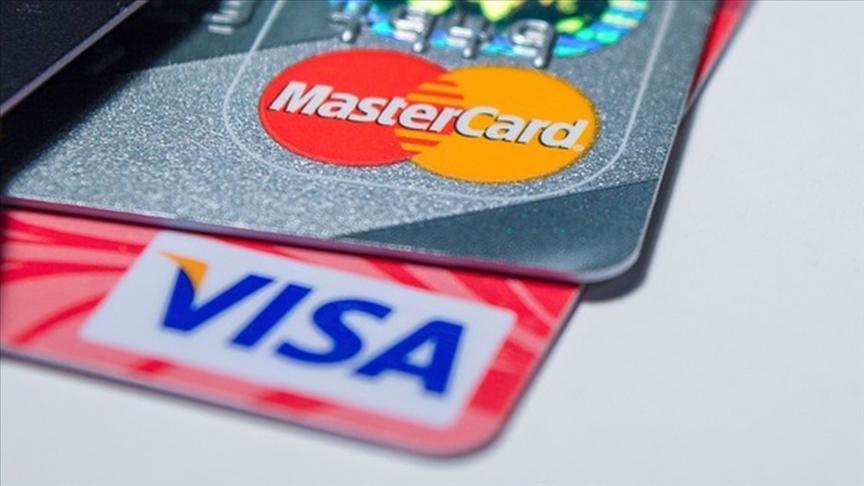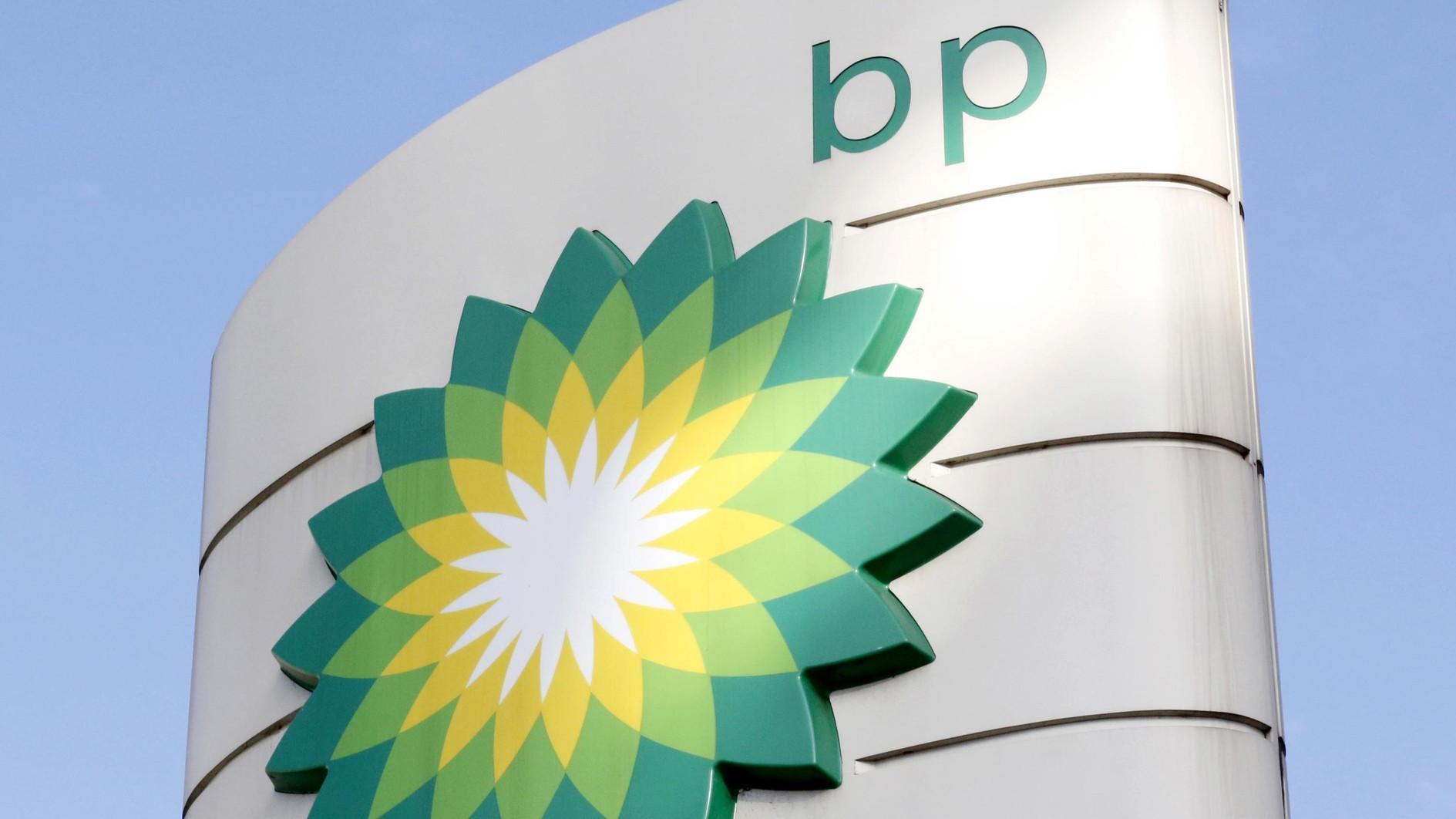Three New York banks apply to repay gov’t aid
Bloomberg

refid:11683561 ilişkili resim dosyası
Goldman Sachs Group, JPMorgan Chase and Morgan Stanley applied to refund a combined $45 billion of government funds, people familiar with the matter said, a step that would mark the biggest reimbursement to taxpayers since the program began in October.The three New York-based banks need approval from the Federal Reserve, their primary supervisor, to return the money, according to the people, who requested anonymity. Spokesmen for the three banks declined to comment, as did Calvin Mitchell, a spokesman for the Federal Reserve Bank of New York.
If approved, the refunds would be the most substantial since Congress established the $700 billion Troubled Asset Relief Program last year to quell the turmoil that followed the bankruptcy of Lehman Brothers Holdings. Banks want to return the money to escape restrictions on compensation and hiring that were imposed on TARP recipients in February.
"It really is a way for them to break from the herd," said Peter Sorrentino, a senior portfolio manager at Huntington Asset Advisors. "It’s a great way to attract customers, personnel, capital."
Treasury Secretary Timothy Geithner said on April 21 that he would welcome firms returning TARP funds as long as their regulators sign off. He added that regulators will consider whether banks have enough capital to keep lending and whether the financial system as a whole can supply the credit needed to ensure an economic recovery.
One of the people familiar with the efforts by the banks to repay TARP said he anticipates that the government would prefer to issue industrywide compensation guidelines before allowing any major banks to repay TARP money.
Geithner said Monday that he would like to establish "some broad constraints" on compensation incentives in the financial industry instead of setting limits on pay. A law that went into effect in February sets a cap on the bonuses that can be paid to the highest-paid 25 employees at banks that have more than $500 million of TARP funds. Banks are awaiting guidance from the Treasury on how to implement the rules, such as how to determine which people to count in the top 25.
JPMorgan, Goldman Sachs, and Morgan Stanley were among nine banks that were persuaded in mid-October by then-Treasury Secretary Henry Paulson to accept the first $125 billion of capital injections from the TARP program to help restore stability to the financial markets.
The refunds would be the first by the biggest banks that participated in the program. As of May 15, 14 of the smaller banks that received capital under the program had already repaid it, according to data compiled by Bloomberg.
The 19 biggest banks were waiting for the conclusion earlier this month of so-called stress tests to determine whether they would require additional capital to withstand a further deterioration of the economy.
Goldman Sachs and JPMorgan, the fifth- and second-biggest U.S. banks by assets, were found not to need any more money. Morgan Stanley, the sixth-biggest bank, raised $4.57 billion by selling stock this month, exceeding the $1.8 billion in additional capital the regulators said the bank may require.
While executives at Goldman Sachs and JPMorgan have expressed a desire to repay their TARP money for months, Morgan Stanley Chairman and Chief Executive Officer John Mack told employees on March 30 that he thought it was "the wrong time" to repay the money.
Morgan Stanley, which reported a first-quarter loss, also slashed its quarterly dividend 81 percent to 5 cents. On May 8, when the company sold stock, it also sold $4 billion of debt that didn’t carry a government guarantee. Selling non-guaranteed debt is a prerequisite for repaying TARP money.
The banks will also have to decide whether to try to buy back the warrants that the government received as part of the TARP investments. The warrants, which could convert into stock if not repurchased, would add to the cost of repayment.
















